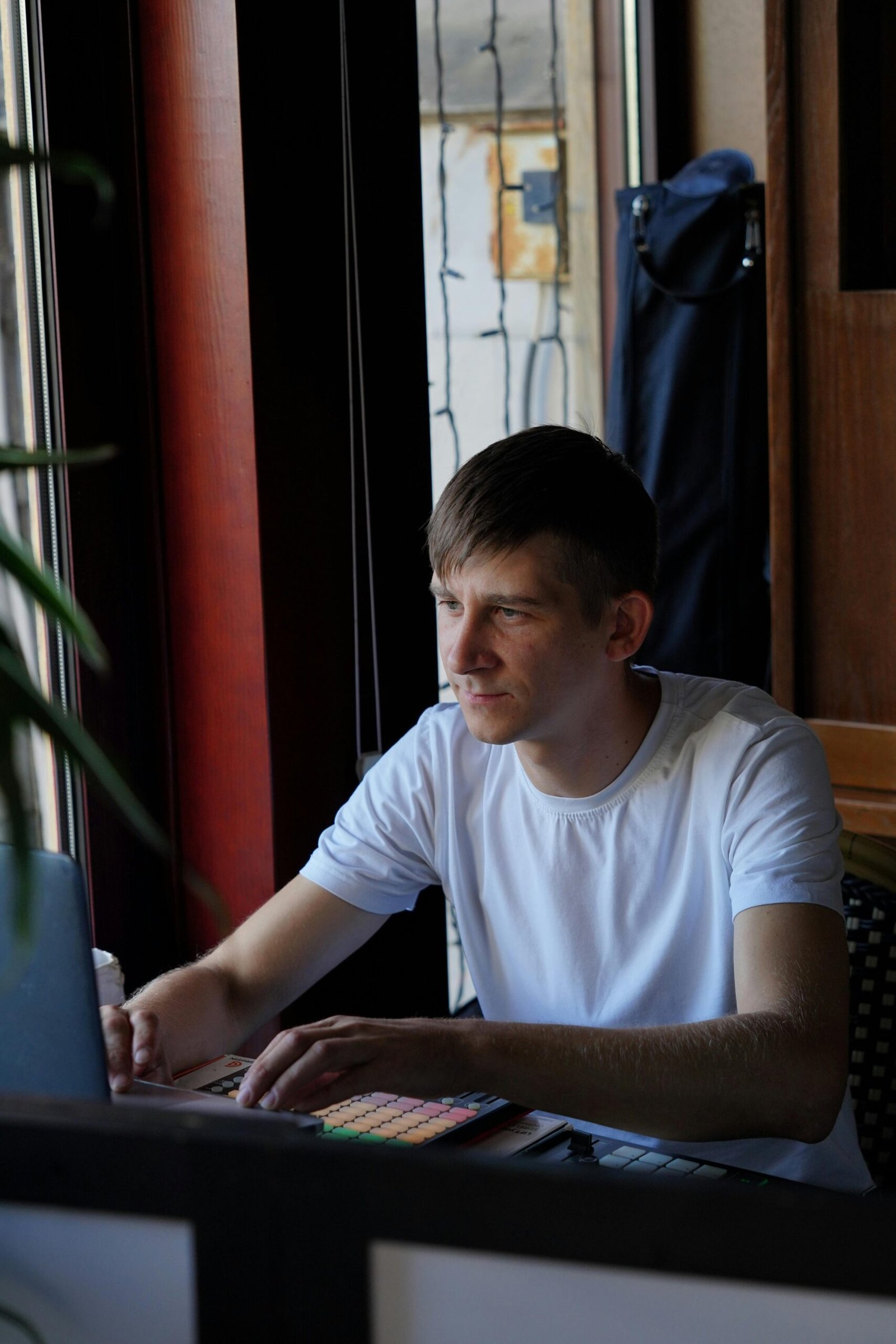Hugging Face vs. DeepSeek: The Battle for Open AI Reasoning Models
DeepSeek’s R1 Shakes the AI World — But Hugging Face Isn’t Backing Down
Just days after DeepSeek dropped its groundbreaking R1 “reasoning” AI model, Hugging Face researchers are stepping into the ring with a bold mission: to build an open-source version of R1 and crack open the black box of AI development. This isn’t just about competition — it’s about transparency, collaboration, and the future of AI innovation.
“Fully open sourcing R1’s complete architecture isn’t just about transparency — it’s about unlocking its potential.”
Elie Bakouch, Hugging Face Engineer
Why Open-R1 Matters
DeepSeek’s R1 is a game-changer. It’s a reasoning model that fact-checks itself, outperforming OpenAI’s o1 on benchmarks and dominating the Apple App Store charts. But here’s the catch: while R1 is technically “open” under a permissive license, its training data, tools, and architecture remain shrouded in mystery. That’s where Hugging Face’s Open-R1 project comes in.
- Transparency: Open-R1 aims to replicate R1’s architecture and release everything — datasets, training pipelines, and intermediate models.
- Collaboration: By leveraging Hugging Face’s Science Cluster (768 Nvidia H100 GPUs) and community contributions, the project is a rallying cry for open-source AI development.
- Responsibility: Open-R1 ensures researchers can study and address biases, making AI safer and more ethical.
The Race to Replicate R1
Hugging Face isn’t just talking the talk — they’re walking the walk. With a goal to replicate R1 in just a few weeks, the team is tapping into the power of community-driven development. The Open-R1 project has already racked up 10,000 stars on GitHub in just three days, proving the hunger for open AI innovation.
“We need to make sure that we implement the algorithms and recipes correctly, but it’s something a community effort is perfect at tackling.”
Leandro von Werra, Head of Research at Hugging Face
Why This Is a Big Deal for AI
Open-R1 isn’t just about replicating R1 — it’s about democratizing AI. By making the training pipeline open-source, Hugging Face is paving the way for the next generation of reasoning models. Imagine a world where anyone with access to GPUs can build their own R1 variant. That’s the power of open-source AI.
- Innovation: Open-source development accelerates progress, benefiting everyone — from frontier labs to independent researchers.
- Accessibility: Open-R1 levels the playing field, ensuring that cutting-edge AI isn’t locked behind corporate walls.
- Ethics: Transparency in AI development is critical for addressing biases and ensuring responsible deployment.
The Future of Open AI
While some worry about the risks of open-source AI, Hugging Face believes the benefits far outweigh the downsides. As Elie Bakouch puts it, “Open source development immediately benefits everyone.” This isn’t just a project — it’s a movement. And it’s changing the narrative that only a handful of elite labs can drive AI progress.
So, what’s next? If Open-R1 succeeds, it could spark a wave of open-source reasoning models, pushing the boundaries of what’s possible in AI. The question isn’t whether open-source AI will win — it’s how fast it will dominate.



